By: Tina Tehrancian
This article will also be featured in the 2023 year-end edition of “Taxes & Wealth Management.”
The federal Alternative Minimum Tax (AMT) is a parallel method of calculating tax on regular income for individuals that allows fewer deductions, exemptions, and tax credits to be deducted compared to the ordinary income tax rules and is meant to ensure that high-income earners pay at least a minimum amount of tax.
Under current rules, the AMT applies a flat 15% tax rate to “adjusted taxable income” above $40,000. The taxpayer pays the AMT or regular tax, whichever is higher, but any AMT paid can be carried forward for up to seven years and recovered to the extent that regular tax exceeds AMT in those years. This means that AMT is essentially a prepayment of tax if the individual can recover AMT paid within the 7-year period.
What Are the Proposed Changes to AMT?
The government is concerned that too many high-income individuals pay little or no income tax in a given year as a result of certain tax incentives and has therefore proposed changes to how AMT is calculated in the 2023 federal budget.
According to the 2023 budget, effective January 1, 2024, the AMT rate will rise to 20.5%, but the exemption amount also will rise to an estimated $173,000 for 2024, up from $40,000 under current rules. This will mean that fewer individuals will be subject to AMT.
The proposed changes will also broaden the tax base for AMT in the following ways:
– Increasing the capital gains inclusion rate from 80% to 100% for calculation of AMT
– Decreasing the inclusion rate for capital loss carry forwards and allowable business investment losses from 80% to 50% for AMT purposes.
– Including 100% of the benefit associated with employee stock options instead of 50% under regular rules.
– Adding 30% of capital gains on donations of publicly-listed securities, which would not be subject to any tax under regular rules.
– Disallowing 50% of the following deductions:
- Interest and carrying charges incurred to earn property income
- Deduction for limited partnership losses of other years
- Non-capital loss carryovers
- Employment expenses (other than those to earn commission income)
- Moving expenses
- Childcare expenses
– Allowing only 50% of non-refundable tax credits to reduce the AMT (with certain limited exceptions).
While the majority of Canadians would not be impacted by the change in AMT rules as their personal taxes would be higher than those calculated under the AMT rules, the changes can negatively impact people who realize large capital gains such as owner managers who claim the lifetime capital gains exemption on the gain realized on the disposition of their qualifying small business corporation shares, or those who claim large tax deductions or credits.
Under the new AMT rules, 2 billion more in revenue would be collected from individuals making more than $2 million.
Who Would be Affected by the AMT Changes?
On September 7th 2023, the Office of the Parliamentary Budget Officer (PBO), announced that “More of the tax burden of the AMT is expected to shift to higher income individuals relative to the current AMT regime, with those making above $300,000 contributing approximately 98% of the total AMT paid by individuals, and those with total incomes above $1 million contributing approximately 70%.”
The following types of individuals and entities are most likely to be negatively impacted by the new AMT rules:
Business owners
If you own a business and are planning to sell your business and realize a large capital gains as a result, you should try and do it in 2023 rather than 2024. You should consider the implications of the AMT proposals and discuss their impact on your tax planning with your tax advisor.
High Income Donors to Charities
If you are in the highest marginal tax bracket (with earned income of over $235,675 in 2023 if you live in Ontario) and are planning to make large donations to registered charities, you should consider the impact of the AMT under the current and proposed rules. You could benefit from more favourable tax rules if you make your donation in 2023. Therefore, you may want to consider setting up a donor advised fund and making an upfront donation in 2023 and carrying it forward over the next five years to take advantage of the current AMT rules.
Trusts
AMT also applies to most types of trusts. Therefore, it is important for trustees to consult their tax advisors about the implications of the proposed measures.
Retirees Expecting Low Taxable Income
If you are a retiree and are expecting to have a low taxable income in the future, it is important that you plan to minimize the impact of AMT.
Tina Tehranchian, MA, CFP®, CLU®, CHFC®, CIM®, MFA-PTM (Philanthropy) is a FP CanadaTM Fellow and a Senior Wealth Advisor at Assante Capital Management Ltd. in Etobicoke, Ontario. She can be reached at (905) 707-5220 or through her website at www.tinatehranchian.com. Assante Capital Management Ltd. is a member of the Canadian Investor Protection Fund and the Investment Industry Regulatory Organization of Canada. Before acting on any of the above, please make sure to see a professional advisor for individual financial advice based on your personal circumstances.

